Home>Furniture>Outdoor Furniture>How To Remove Algae From Patio Furniture
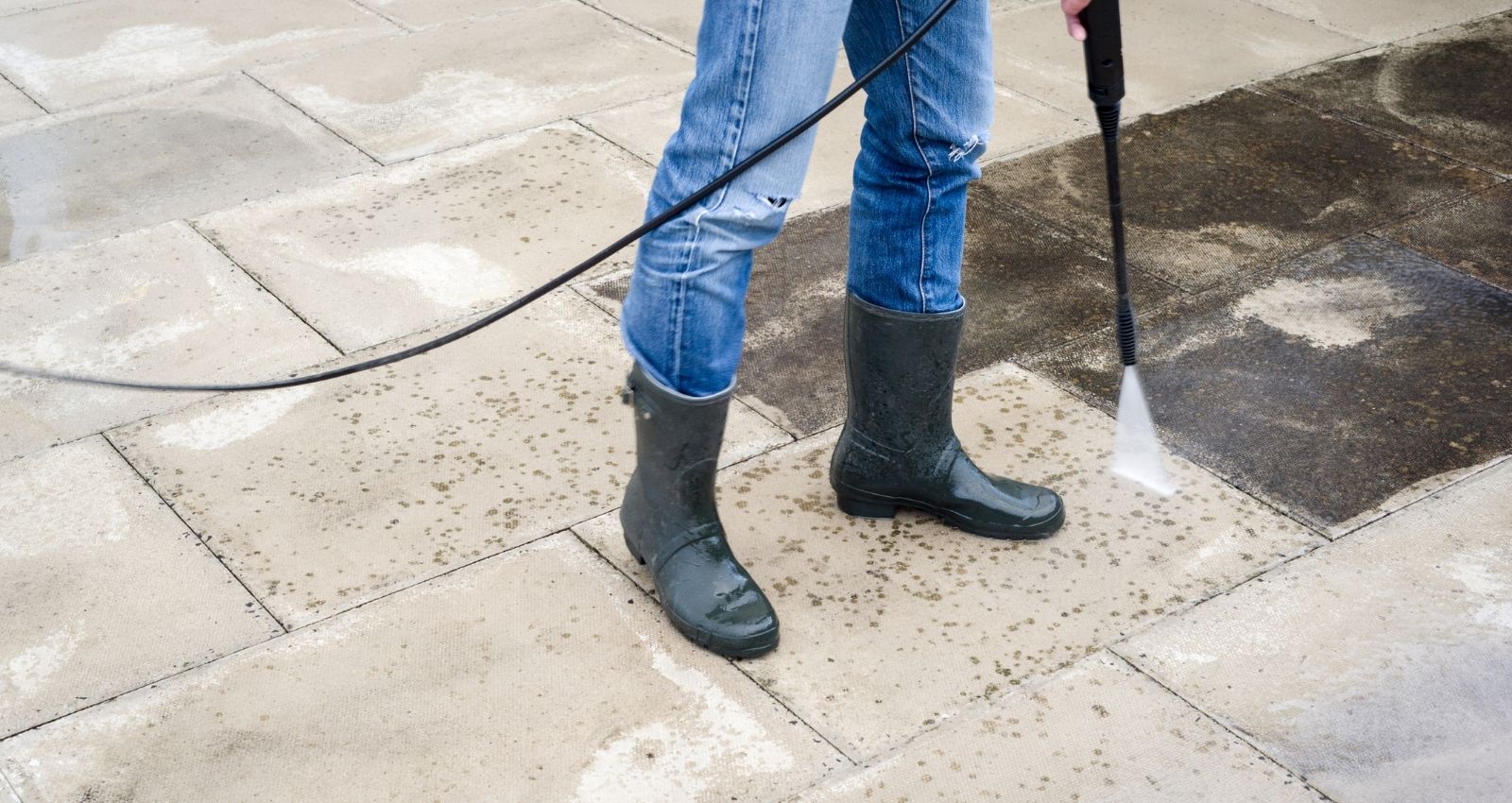

Outdoor Furniture
How To Remove Algae From Patio Furniture
Modified: March 7, 2024
Learn how to effectively remove algae from your outdoor furniture with our easy-to-follow tips and tricks. Keep your patio furniture clean and looking new for longer!
(Many of the links in this article redirect to a specific reviewed product. Your purchase of these products through affiliate links helps to generate commission for Storables.com, at no extra cost. Learn more)
Introduction
Welcome to our comprehensive guide on how to remove algae from patio furniture. Algae growth is a common issue that outdoor furniture owners face, especially in humid and damp environments. Not only does algae make your patio furniture look unsightly, but it can also lead to a slippery and unsafe surface. In this article, we will explore various methods and techniques to effectively remove algae from your patio furniture and restore its original beauty.
Understanding the causes of algae growth is crucial in tackling this problem effectively. Algae thrives in damp and shaded areas, making patio furniture an ideal breeding ground. Factors such as constant exposure to moisture, lack of sunlight, and insufficient air circulation can contribute to the growth of algae. It is important to address these underlying causes to prevent future algae growth and maintain clean and pristine outdoor furniture.
Before diving into the methods, it is essential to gather the necessary tools and materials. You will need a few basic supplies, including a scrub brush or sponge, a bucket of warm soapy water, a pressure washer (if available), and some natural remedies like vinegar or hydrogen peroxide. Having these items ready will make the algae removal process more efficient and effective.
Now, let’s explore the different methods you can employ to remove algae from your patio furniture. The first approach is the manual scrubbing method. This method involves using a scrub brush or sponge to physically scrub away the algae from the furniture’s surface. Start by soaking the furniture with warm soapy water and then scrub vigorously to dislodge the algae. Rinse the furniture thoroughly and allow it to dry completely before using it again.
Key Takeaways:
- Regular cleaning, maximizing sunlight exposure, and using natural remedies like vinegar or hydrogen peroxide can effectively remove algae from patio furniture and prevent its recurrence.
- Implementing preventive measures such as promoting ventilation, using furniture covers, and choosing the right furniture material can significantly reduce the likelihood of algae growth on outdoor furniture.
Read more: How To Remove Lichen From Patio Furniture
Understanding the causes of algae growth on patio furniture
Algae growth on patio furniture can be a frustrating and persistent issue. Understanding the causes behind this problem is essential in effectively tackling the algae growth and preventing it from recurring in the future.
One of the primary factors contributing to algae growth is excessive moisture. Patio furniture that is constantly exposed to rain or irrigation systems can develop damp surfaces, creating the perfect environment for algae to thrive. Additionally, furniture placed in shady areas with limited exposure to sunlight inhibits the drying process, further promoting algae growth.
Lack of air circulation is another factor that aids the growth of algae. When patio furniture is placed in tight spaces or has limited space between individual pieces, air flow becomes restricted. This trapped air can create a moist and stagnant environment, providing an ideal breeding ground for algae.
Another common cause of algae growth is the presence of organic matter. Dust, pollen, leaves, and other debris that accumulate on the patio furniture can contribute to the growth of algae. These organic materials act as a food source, allowing algae to flourish and multiply.
It’s worth noting that the material and texture of the furniture can also play a role in algae growth. Porous surfaces or textured materials provide more surface area for algae to attach and grow. Plastic furniture, in particular, can be susceptible to algae growth due to its smooth surface and tendency to collect moisture.
In areas with high humidity and frequent rainfall, controlling algae growth can be more challenging. Regular maintenance and cleaning of patio furniture are crucial to prevent the accumulation and growth of algae. Implementing preventive measures and understanding the root causes of algae growth are essential steps in maintaining clean and algae-free outdoor furniture.
In the next sections of this article, we will explore various methods and techniques to effectively remove algae from patio furniture. We will also discuss natural remedies and preventive measures to help you keep your outdoor furniture algae-free. With the right approach, you can restore the beauty of your patio furniture and enjoy a clean and inviting outdoor living space.
Preparing the necessary tools and materials
Before you begin the process of removing algae from your patio furniture, it’s important to gather the necessary tools and materials. Having everything ready will make the task more efficient and ensure you have everything you need to effectively clean your outdoor furniture. Here are the essential items you’ll need:
- Scrub brush or sponge: A scrub brush or sponge will be your main tool for physically removing the algae from the furniture surfaces. Choose a brush or sponge with stiff bristles or rough texture to effectively dislodge the algae.
- Bucket of warm soapy water: Fill a bucket with warm water and add a few drops of mild dish soap or a gentle cleanser. This solution will serve as the initial step in loosening and removing the algae.
- Pressure washer (optional): If you have access to a pressure washer, it can be a powerful tool for blasting away algae from your patio furniture. A pressure washer is particularly effective for larger furniture pieces or areas with stubborn algae growth.
- Natural remedies: Consider using natural remedies like vinegar or hydrogen peroxide to aid in algae removal. Vinegar is known for its antibacterial and antifungal properties and can help break down algae. Hydrogen peroxide can also be effective in killing algae and preventing regrowth.
- Protective gear: It’s important to protect yourself during the cleaning process. Consider wearing waterproof gloves to shield your hands from cleaning solutions and any potential irritants. Safety glasses or goggles can also protect your eyes from splashes or debris.
- Clean and dry cloth: Keep a clean, dry cloth or towel nearby to wipe down the furniture after cleaning. This will help remove excess moisture and prevent water spots or streaks.
By gathering these tools and materials beforehand, you’ll have everything you need to tackle the algae on your patio furniture. Remember to follow any safety guidelines provided with the tools and cleaning solutions, and take appropriate precautions to protect yourself and the surrounding area.
In the next sections, we will delve into the different methods and techniques for removing algae from patio furniture. Whether you choose to manually scrub the furniture or use a pressure washer, having the right tools and materials will ensure a successful and thorough cleaning process.
Manual scrubbing method for removing algae
The manual scrubbing method is an effective and straightforward approach to remove algae from your patio furniture. This method involves physically scrubbing the furniture surfaces to dislodge and remove the algae. Here’s a step-by-step guide to help you effectively clean your outdoor furniture:
- Prepare the cleaning solution: Fill a bucket with warm water and add a few drops of mild dish soap or a gentle cleanser. Mix the solution well to create a soapy mixture that will help loosen the algae.
- Soak the furniture: Before scrubbing, dampen the furniture surfaces by applying the warm soapy water using a sponge or cloth. Make sure to cover all areas with algae growth and allow the solution to sit for a few minutes, helping to break down the algae.
- Start scrubbing: Using a scrub brush or sponge, vigorously scrub the furniture surfaces to dislodge the algae. Scrub in circular motions and focus on areas with heavy algae growth. Apply consistent pressure to effectively remove the algae from the surface.
- Rinse with clean water: Once you have thoroughly scrubbed the furniture, rinse it with clean water to remove any remaining algae and soap residue. Use a hose or a bucket of clean water to rinse off the surfaces, ensuring that all traces of algae are washed away.
- Dry the furniture: After rinsing, use a clean and dry cloth or towel to wipe down the furniture and remove excess moisture. This will help prevent water spots or streaks and ensure that your patio furniture is completely dry before using it again.
It’s important to note that while manual scrubbing is an effective method, it may require some time and effort, especially for heavily infested furniture. For older or more stubborn algae stains, you may need to repeat the scrubbing process or consider additional cleaning techniques.
Remember to take appropriate safety precautions during the cleaning process. If you are using a mild cleaning solution, wearing waterproof gloves can help protect your hands from potential skin irritations. Safety glasses or goggles can also be worn to shield your eyes from splashes or debris.
The manual scrubbing method is suitable for various types of patio furniture materials, including plastic, metal, wood, or wicker. However, it’s important to refer to the manufacturer’s guidelines for specific cleaning recommendations to avoid any damage to the furniture.
In the next section, we will explore another method for removing algae from your patio furniture: the pressure washing technique. This method can be particularly useful for larger furniture pieces or areas with stubborn algae growth.
Mix equal parts water and white vinegar in a spray bottle. Spray the solution onto the algae-covered patio furniture and let it sit for 10-15 minutes. Scrub the furniture with a brush and rinse with water. Repeat if necessary.
Pressure washing technique for eliminating algae
The pressure washing technique is a powerful method for removing algae from patio furniture. This method involves using a pressure washer to blast away the algae from the furniture surfaces. Here’s a step-by-step guide to help you effectively eliminate algae using a pressure washer:
- Prepare the pressure washer: Start by setting up your pressure washer according to the manufacturer’s instructions. Make sure the machine is properly connected to a water source and that the pressure settings are suitable for your furniture material. Higher pressures may be suitable for more robust materials like metal, while lower pressures are ideal for delicate materials like wood or wicker.
- Evaluate the furniture: Before using the pressure washer, assess the condition of your patio furniture. Check for any loose or damaged parts that may be further affected by the high-pressure water. Repair or reinforce any weak areas before proceeding.
- Pre-soak the furniture: Prior to using the pressure washer, pre-soak the furniture surfaces with warm soapy water. This will help loosen the algae and make the cleaning process more effective. Use a sponge or cloth to apply the soapy water to all areas with algae growth.
- Begin pressure washing: With the pressure washer in hand, start at a low-pressure setting and gradually increase the pressure as needed. Keep the nozzle at a safe distance from the furniture, typically around 12-18 inches, to prevent any potential damage. Direct the water stream towards the algae-infested areas, moving the wand in a sweeping motion to cover all surfaces. Pay extra attention to heavily affected areas.
- Rinse thoroughly: After pressure washing, thoroughly rinse the furniture with plain water to remove any remaining algae and detergent residue. Make sure to rinse all areas, reaching underneath and between furniture pieces to ensure a complete clean.
- Dry the furniture: After rinsing, allow the furniture to air dry completely before using it again. Avoid direct sunlight if possible, as it can cause certain materials to fade or warp.
The pressure washing technique can quickly and effectively remove algae from your patio furniture, making it a popular choice for larger furniture pieces or areas with significant algae growth. However, it’s important to exercise caution and adjust the pressure settings to suit your furniture material.
Keep in mind that not all materials are suitable for pressure washing. Delicate materials like wood or wicker may become damaged or splinter under high pressure. Refer to the manufacturer’s guidelines or consult with a professional if you’re uncertain about pressure washing your specific furniture.
By following these steps and taking appropriate safety precautions, such as wearing protective eyewear and waterproof gloves, you can successfully use a pressure washer to eliminate algae from your patio furniture and restore its pristine appearance.
In the next section, we will explore natural remedies that can be used to remove algae from your outdoor furniture.
Read more: How To Remove Pollen From Patio Furniture
Natural remedies for algae removal
When it comes to removing algae from patio furniture, natural remedies can be a safe and effective alternative to cleaning solutions containing chemicals. These natural remedies can help break down algae and inhibit its regrowth. Here are some commonly used natural remedies:
- Vinegar: Vinegar is a versatile household item known for its antibacterial and antifungal properties. To use vinegar for algae removal, mix equal parts white vinegar and water in a spray bottle. Spray the mixture directly onto the algae-infested areas and let it sit for several minutes. Scrub the furniture with a brush or sponge to loosen the algae, then rinse with clean water.
- Hydrogen peroxide: Hydrogen peroxide is another natural remedy that can effectively kill algae. Mix equal parts hydrogen peroxide and water in a spray bottle. Spray the solution onto the furniture surfaces and allow it to sit for 10-15 minutes. Scrub the algae with a brush or sponge, then rinse thoroughly with water to remove the residue.
- Baking soda: Baking soda is a gentle yet effective cleaner that can help remove algae from patio furniture. Create a paste by mixing baking soda and water to form a thick consistency. Apply the paste to the algae-infected areas and let it sit for 15-20 minutes. Scrub the furniture with a brush or sponge, then rinse off the paste with clean water.
- Lemon juice: Lemon juice contains citric acid, which has natural antimicrobial properties. Squeeze fresh lemon juice onto the algae-covered surfaces of the furniture and let it sit for a few minutes. Use a brush or sponge to scrub the furniture, then rinse with water to remove the lemon juice and algae.
- Saltwater solution: If you live near the coast or have access to saltwater, you can create a natural algae-fighting solution. Mix a solution of saltwater and water in a bucket. Dip a brush or sponge into the solution and scrub the algae-infected areas. Rinse the furniture with clean water to remove any remaining salt residue.
These natural remedies are safe for most patio furniture materials and can be used as an alternative to chemical-based cleaners. However, it’s always recommended to test the remedy on a small, inconspicuous area of the furniture first to ensure compatibility and avoid any potential damage.
Remember that prevention is key to reducing algae growth on your outdoor furniture. Regularly clean and maintain your patio furniture, ensuring proper ventilation and removing any organic debris that could promote algae growth.
By utilizing these natural remedies and incorporating regular maintenance, you can keep your patio furniture algae-free and enjoy a clean and inviting outdoor space.
In the next section, we will discuss preventive measures you can take to avoid future algae growth on your patio furniture.
Preventive measures to avoid future algae growth
Preventing algae growth on your patio furniture is key to maintaining its cleanliness and prolonging its lifespan. By implementing a few preventive measures, you can reduce the likelihood of algae growth and keep your outdoor furniture looking its best. Here are some preventive measures to consider:
- Regular cleaning: Make it a habit to regularly clean your patio furniture to prevent the buildup of debris and organic matter that can contribute to algae growth. Remove any leaves, dirt, or pollen from the furniture surfaces, and wipe them down with a clean cloth or sponge.
- Promote ventilation: Proper airflow and ventilation around your patio furniture can help prevent the accumulation of moisture, which is a primary factor in algae growth. Ensure that your outdoor furniture is not obstructed by vegetation or placed too close to walls or other objects that inhibit air circulation.
- Maximize sunlight exposure: Algae thrive in shady areas with limited sunlight. If possible, position your patio furniture in areas that receive ample sunlight throughout the day. This will help naturally dry out any moisture and inhibit algae growth.
- Use furniture covers: When your patio furniture is not in use, consider covering it with furniture covers. This provides an extra layer of protection against moisture and helps keep the furniture clean and free from debris that could contribute to algae growth.
- Regularly inspect and repair: Inspect your patio furniture periodically for any signs of damage or wear. Repair or replace any loose or damaged parts promptly to prevent moisture accumulation and the growth of algae.
- Treat with algae inhibitors: There are commercial algae inhibitors available that can be applied to your patio furniture. These products help prevent the growth of algae and can be periodically applied according to the manufacturer’s instructions.
- Consider furniture materials: When purchasing new patio furniture, consider choosing materials that are less susceptible to algae growth. For example, metal furniture is less likely to develop algae compared to materials like plastic or wood.
By incorporating these preventive measures into your patio furniture maintenance routine, you can significantly reduce the chances of algae growth. Regular cleaning, proper ventilation, and maximizing sunlight exposure are the key elements in inhibiting the growth and development of algae. Stay proactive and address any issues promptly to ensure a clean and algae-free outdoor space.
Final thoughts and recommendations
Algae growth on patio furniture is a common issue, but with the right techniques and preventive measures, it can be effectively managed. Whether you choose the manual scrubbing method, pressure washing technique, or natural remedies, always consider the material and manufacturer’s guidelines for cleaning your specific furniture.
Regular maintenance, including cleaning and inspecting for any damage, is essential in preventing algae growth. By maximizing ventilation, sunlight exposure, and using furniture covers, you can create an environment that discourages algae growth and maintains the cleanliness and longevity of your patio furniture.
Remember to prioritize safety during the cleaning process by wearing appropriate protective gear and following instructions carefully. If you are unsure about the cleaning methods or have delicate or valuable furniture, it’s best to consult with a professional or the manufacturer for guidance.
By implementing these tips and techniques, you can enjoy an algae-free outdoor space with beautiful and well-maintained patio furniture. Regular care and preventive measures will go a long way in preserving the beauty and functionality of your outdoor furniture for years to come.
Final thoughts and recommendations
Congratulations! You now have a comprehensive understanding of how to remove algae from patio furniture and prevent its recurrence. Algae growth can be a persistent problem, but with the right techniques and preventive measures, you can keep your outdoor furniture clean and algae-free. Here are some final thoughts and recommendations:
Regular maintenance: Make it a habit to regularly clean and inspect your patio furniture. By removing debris, dust, and organic matter, you can reduce the chances of algae growth and maintain the visual appeal of your furniture.
Choose the right cleaning method: Depending on the severity of algae growth and the material of your furniture, choose a cleaning method that suits your needs. Whether it’s manual scrubbing, pressure washing, or using natural remedies, consider the effectiveness and potential risks to your furniture before proceeding.
Maximize ventilation and sunlight: Algae thrives in damp and shaded areas. Position your patio furniture in areas that receive adequate sunlight and promote air circulation. This will help dry out any moisture and discourage algae growth.
Consider preventive measures: Implement preventive measures to inhibit algae growth. Use furniture covers to protect your outdoor furniture when not in use, regularly inspect and repair any damage, and treat the furniture with algae inhibitors as recommended.
Choose the right furniture material: When purchasing new patio furniture, consider materials that are less prone to algae growth. Metals such as aluminum or stainless steel are less susceptible to algae compared to materials like plastic or wood.
Seek professional advice if needed: If you are unsure about how to clean a specific type of patio furniture or if you have delicate or valuable pieces, it’s best to consult with a professional or the manufacturer for guidance. They can provide specific recommendations and guidance for cleaning and maintenance.
Remember, the key to preventing algae growth is regular maintenance and proactive care. By implementing these tips and techniques, you can enjoy a clean and beautiful outdoor space with furniture that remains algae-free for years to come.
Thank you for reading our comprehensive guide on how to remove algae from patio furniture. We hope that you found the information helpful and that it enables you to tackle algae growth effectively. With proper care and maintenance, your patio furniture will continue to be a source of comfort and enjoyment for outdoor gatherings and relaxation.
Now, go forth and restore the beauty of your patio furniture. Say goodbye to algae and hello to a clean and inviting outdoor space!
Frequently Asked Questions about How To Remove Algae From Patio Furniture
Was this page helpful?
At Storables.com, we guarantee accurate and reliable information. Our content, validated by Expert Board Contributors, is crafted following stringent Editorial Policies. We're committed to providing you with well-researched, expert-backed insights for all your informational needs.
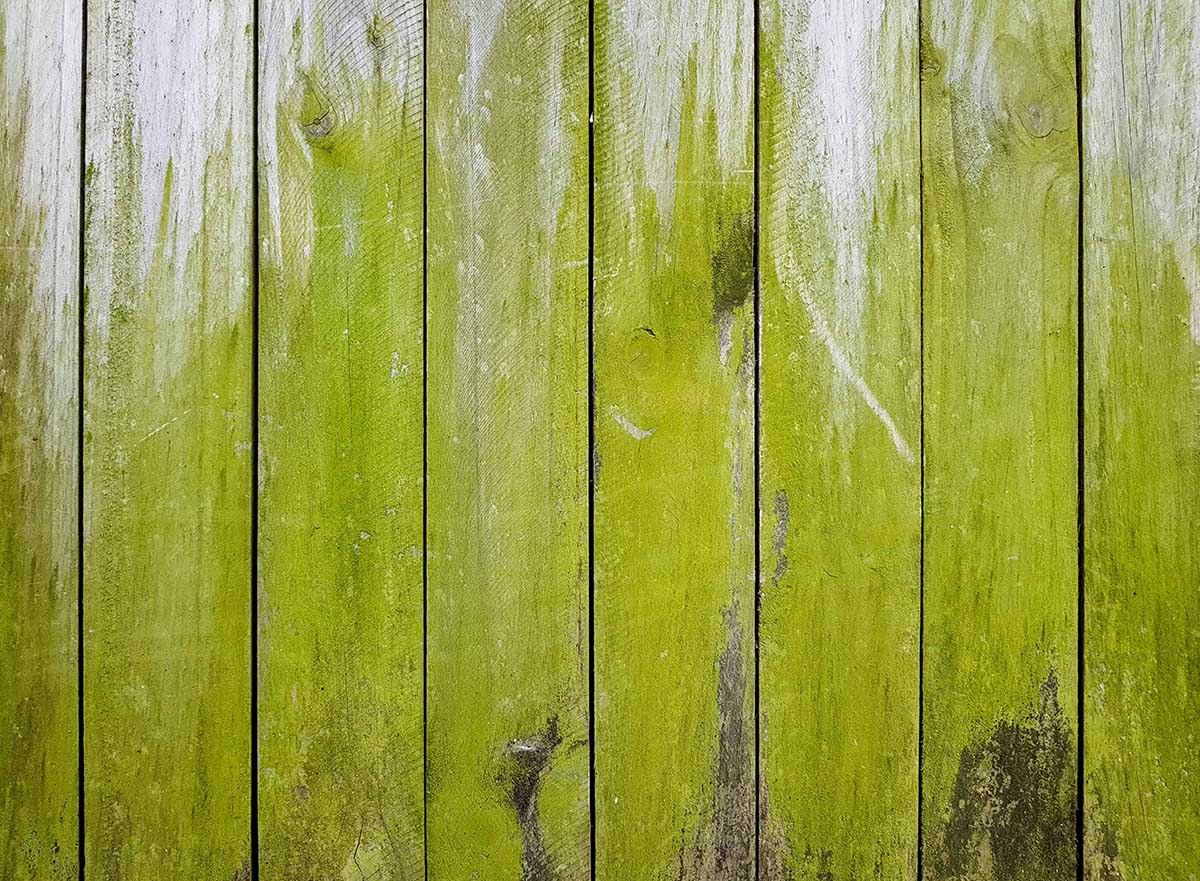
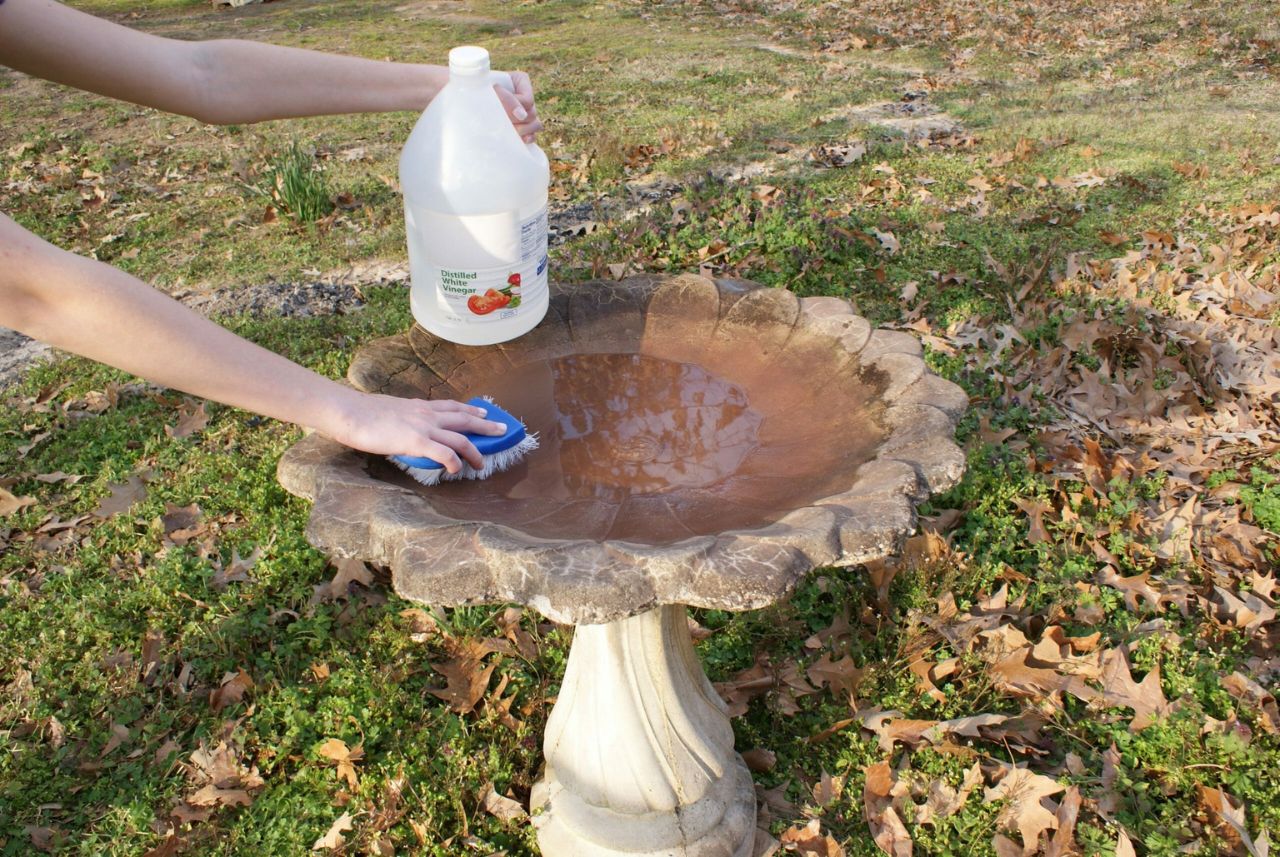
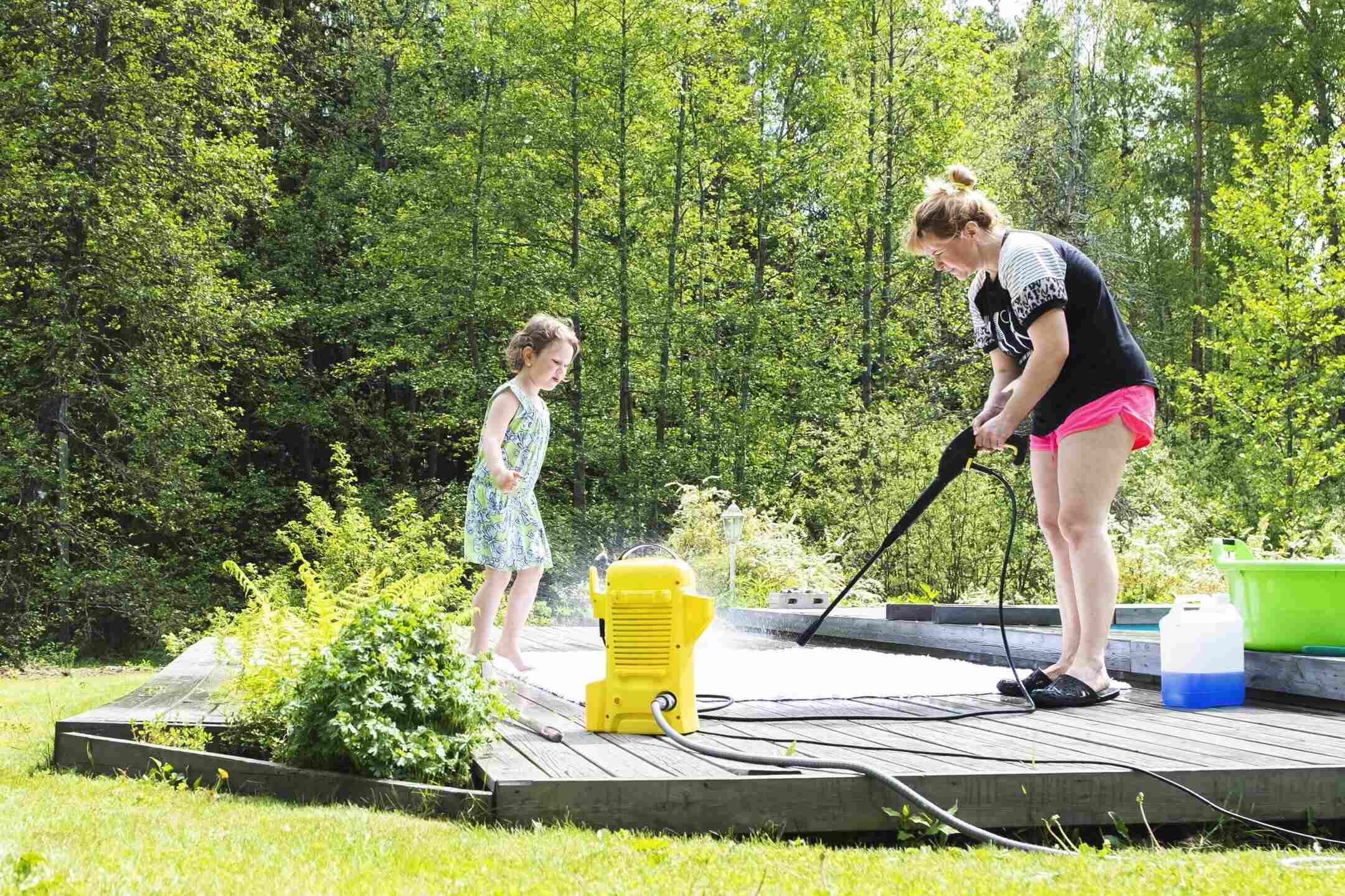
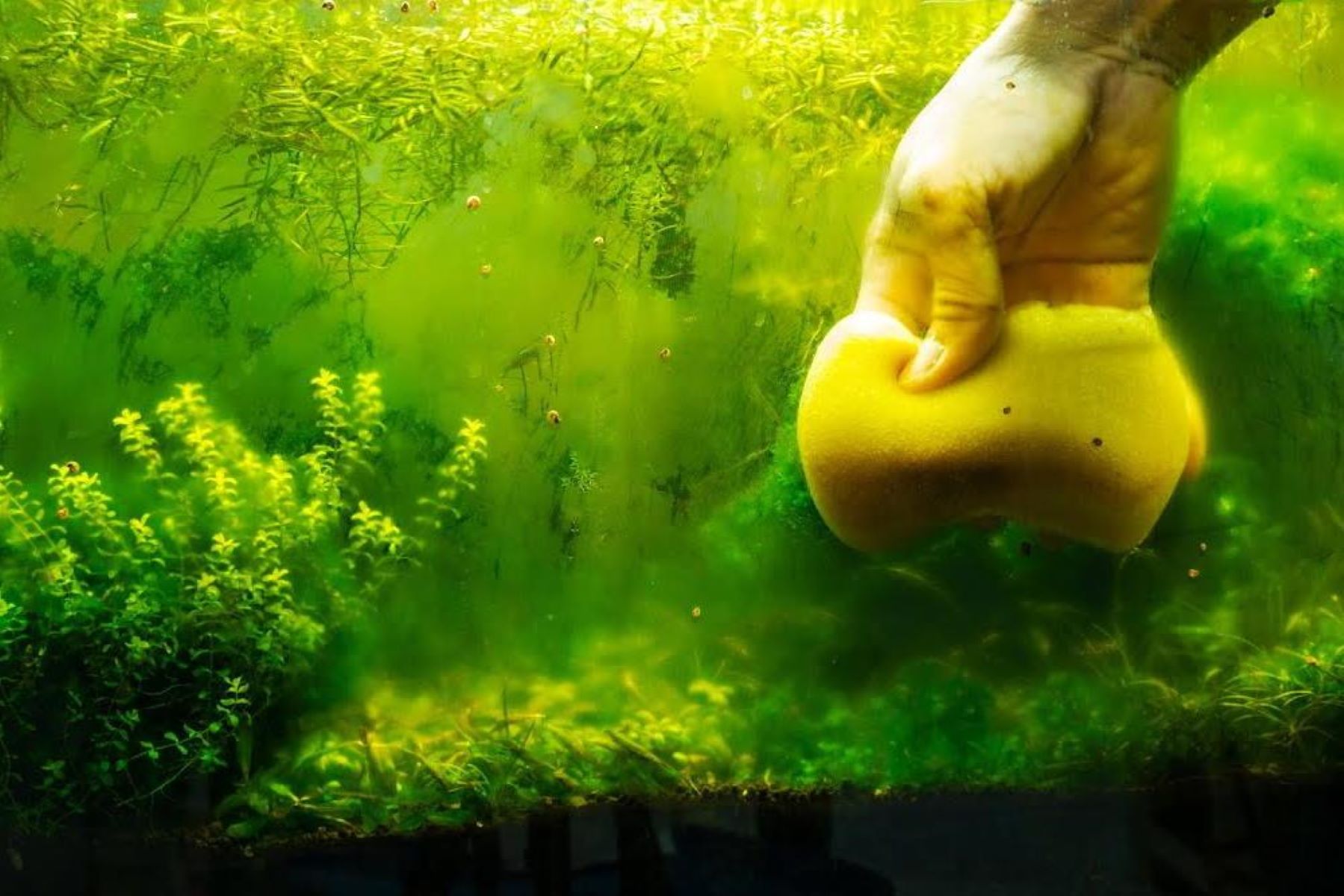
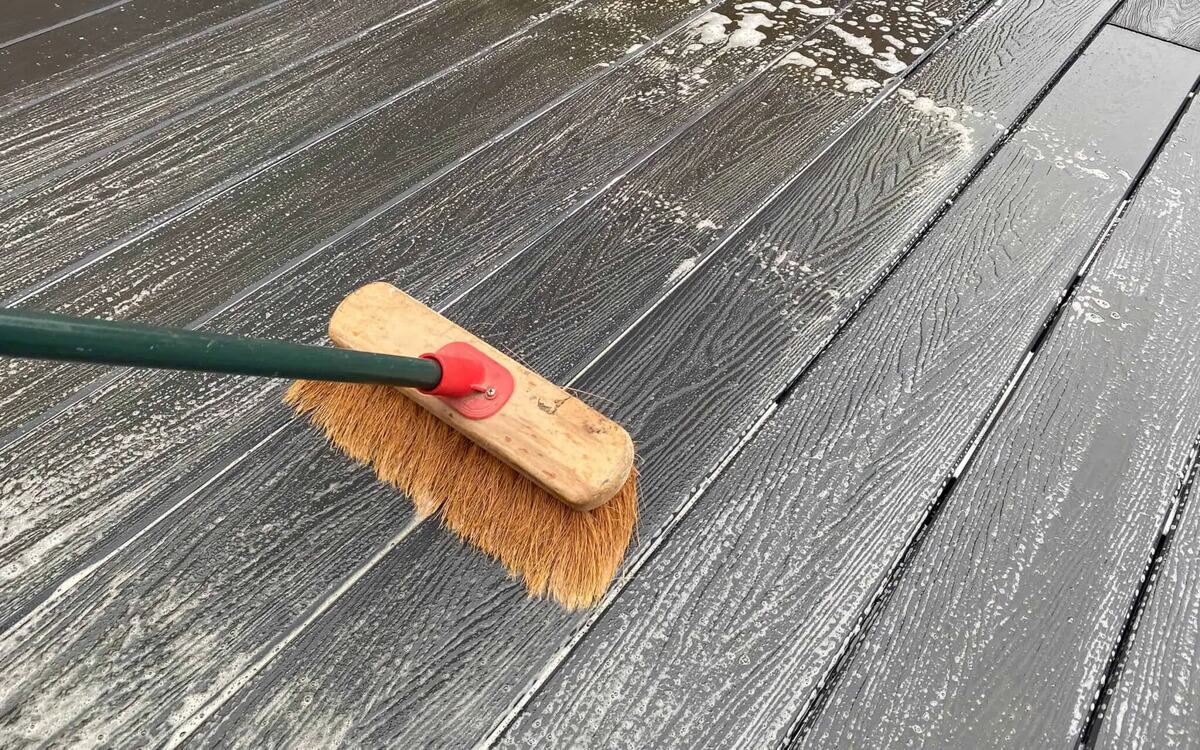
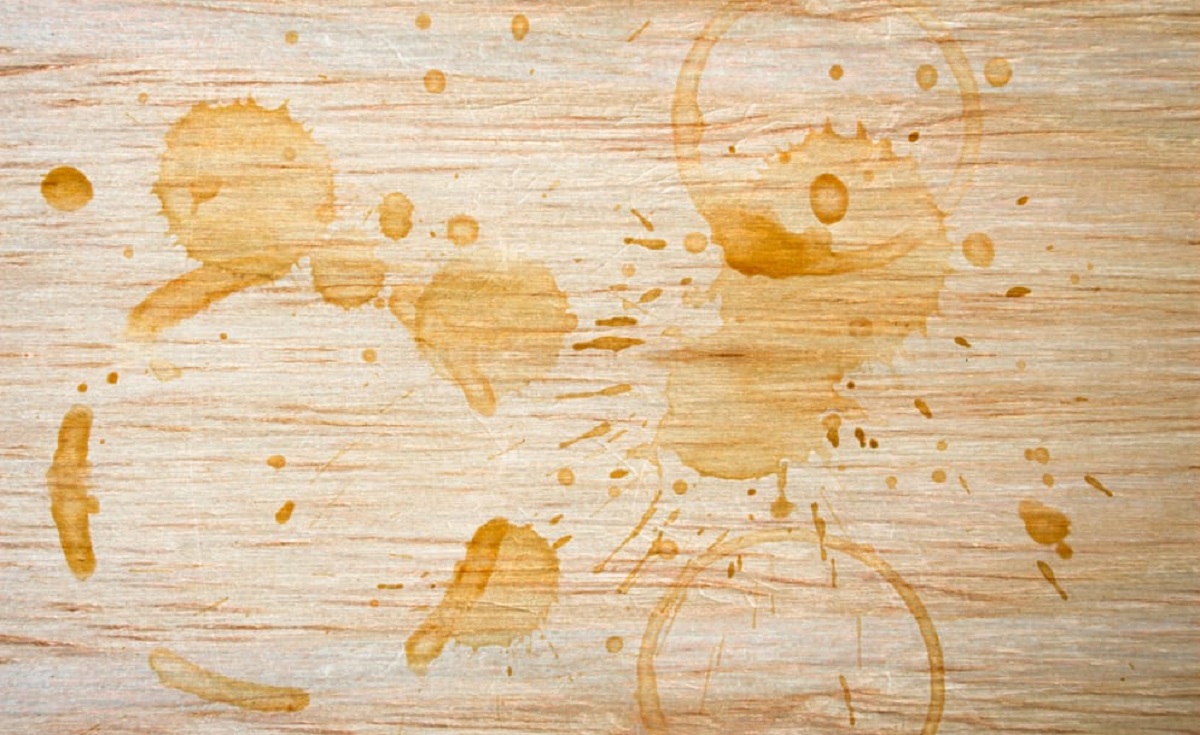
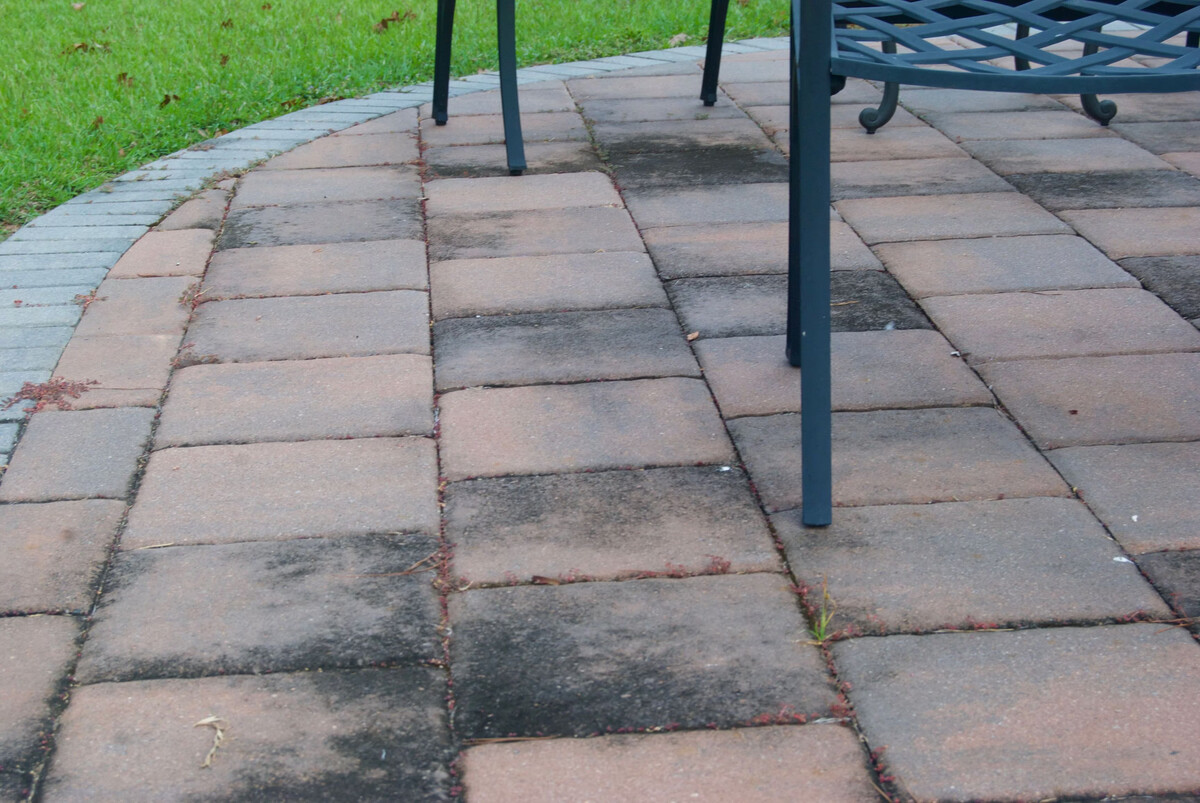
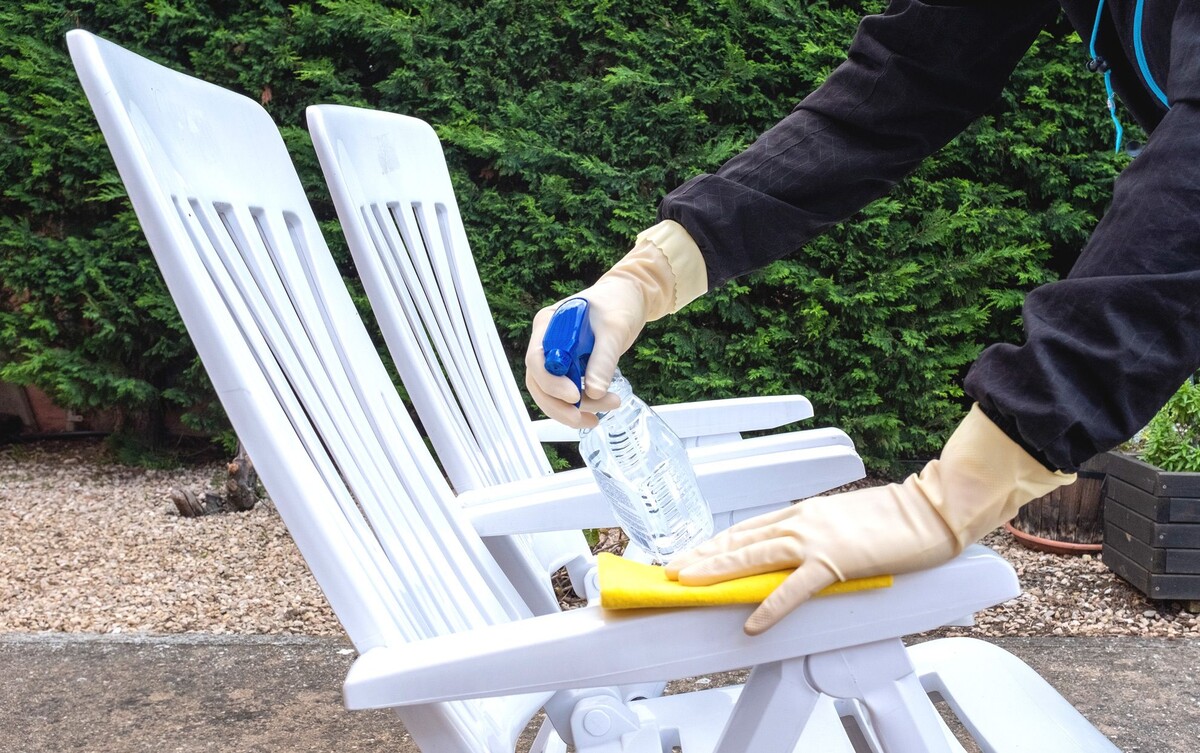
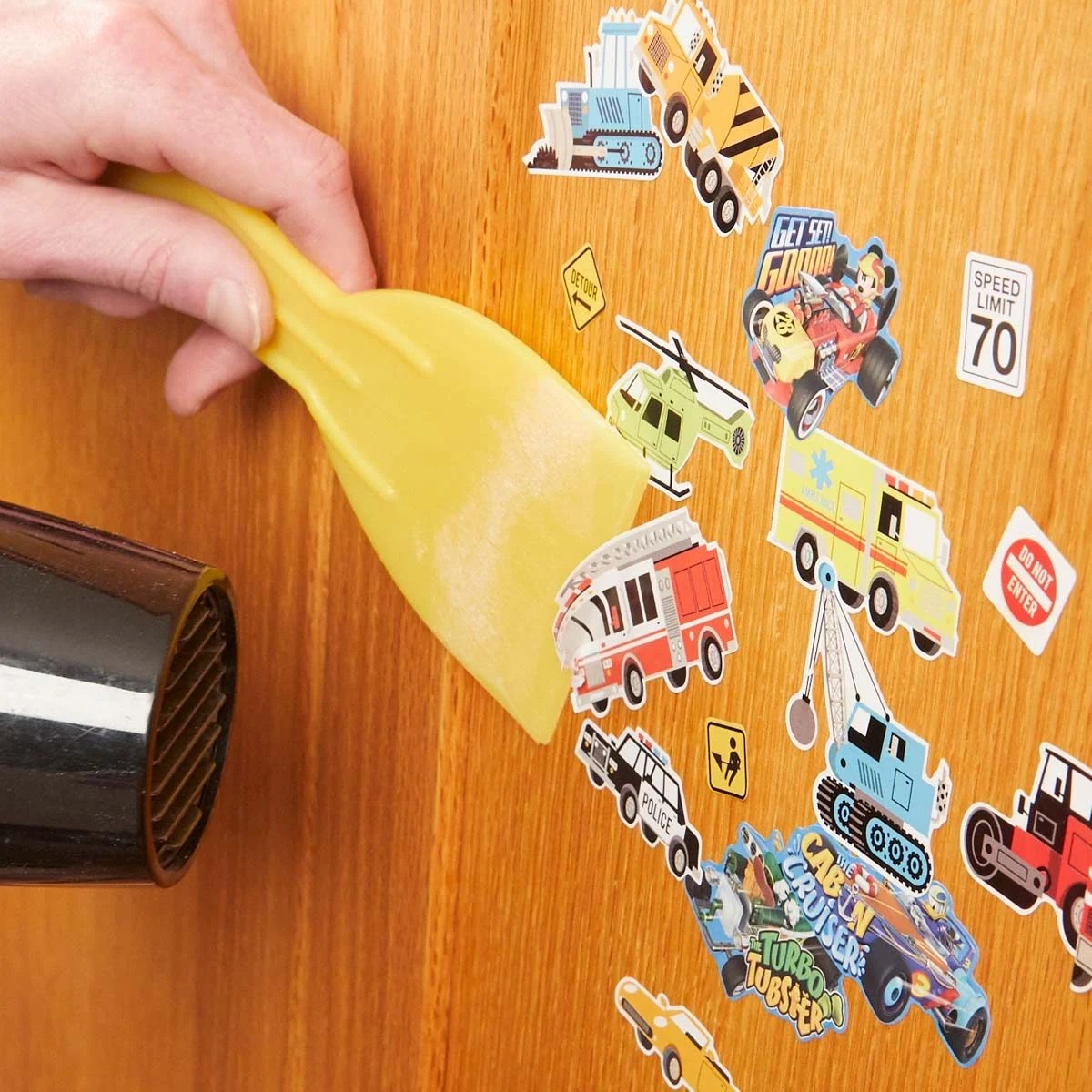
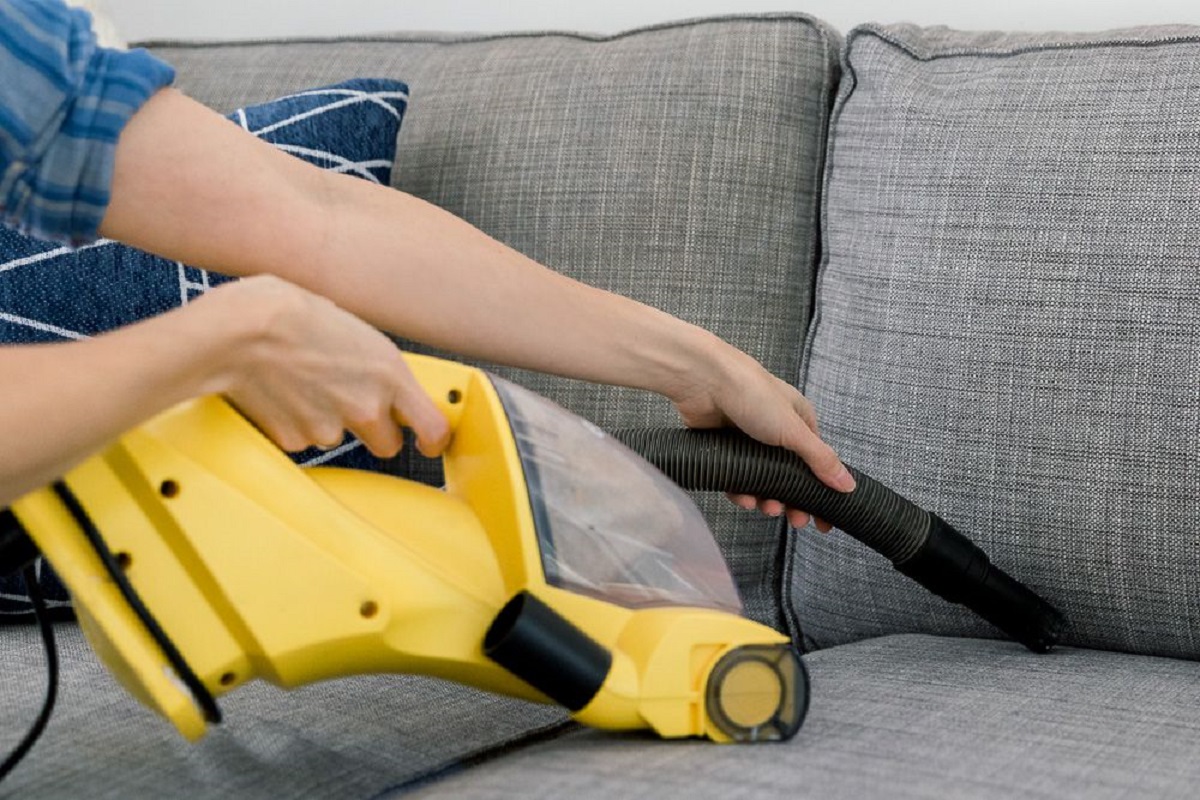
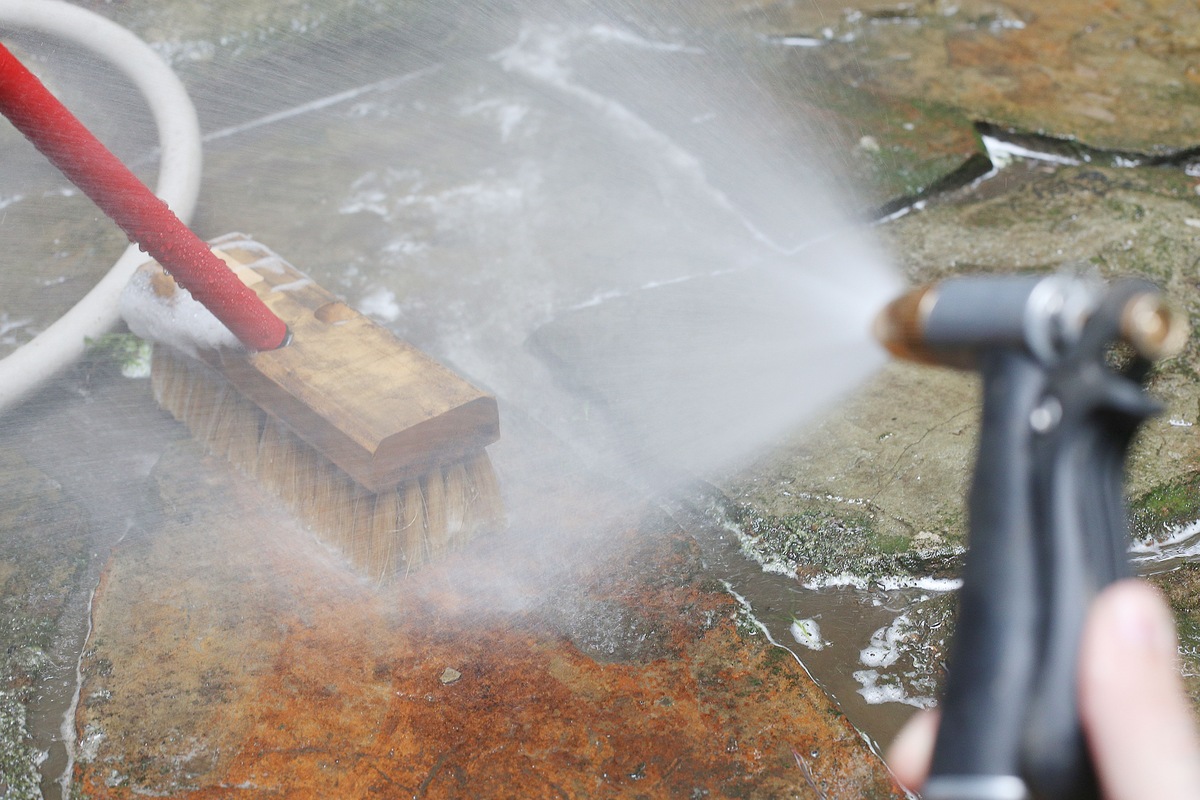
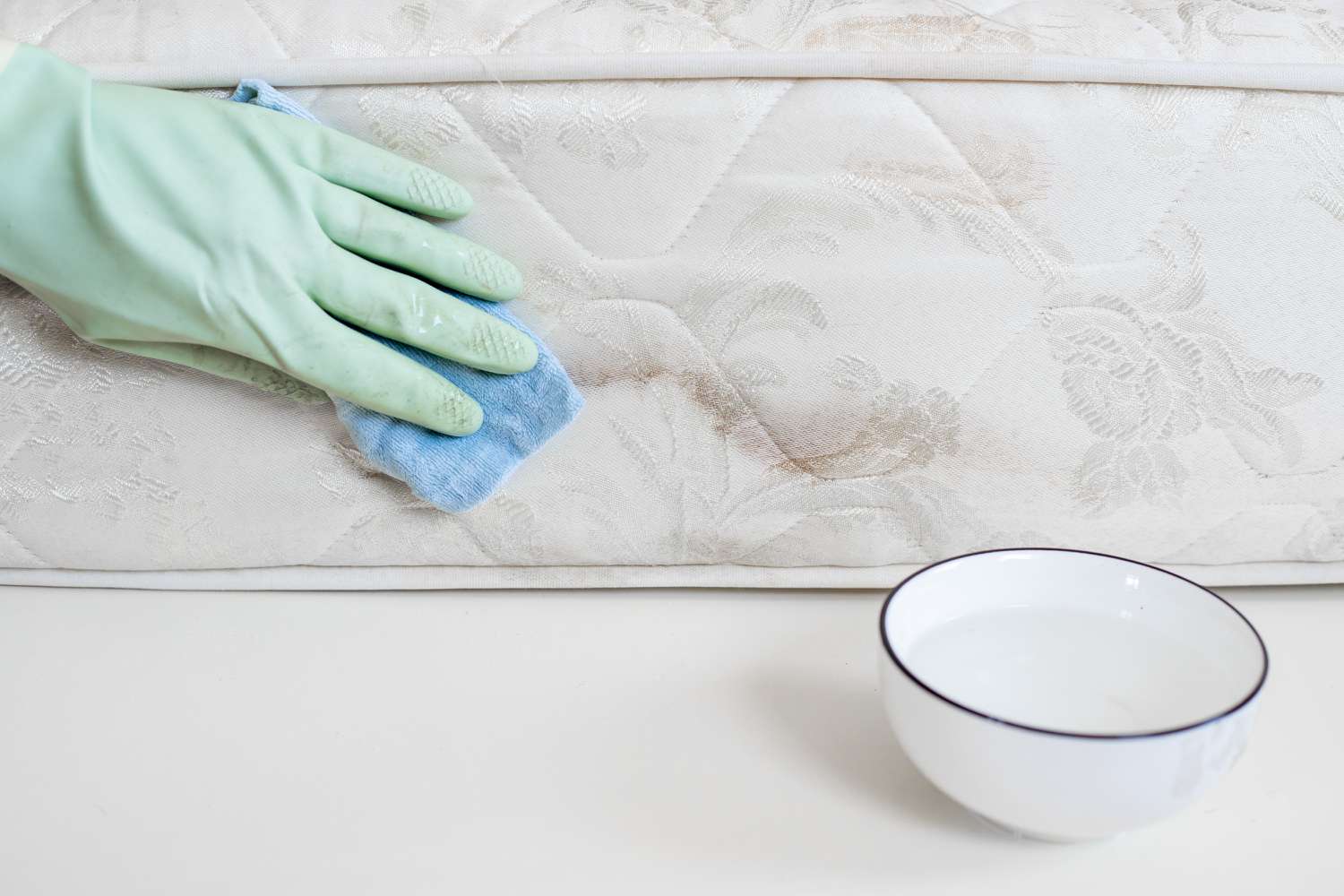
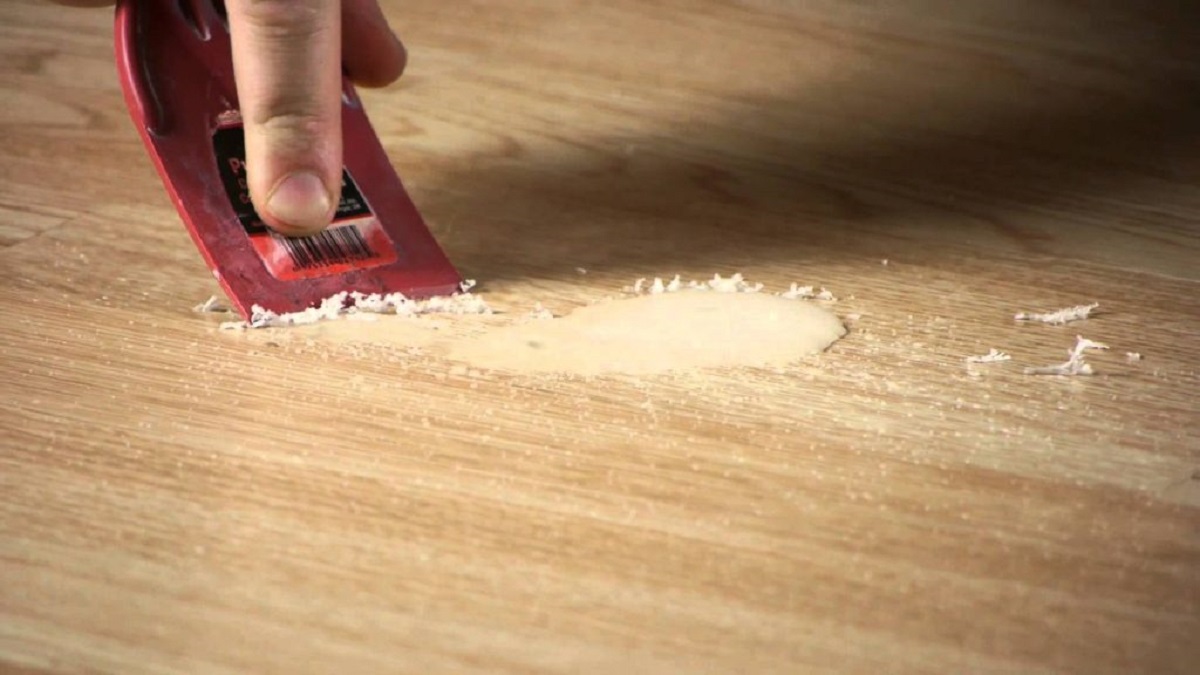
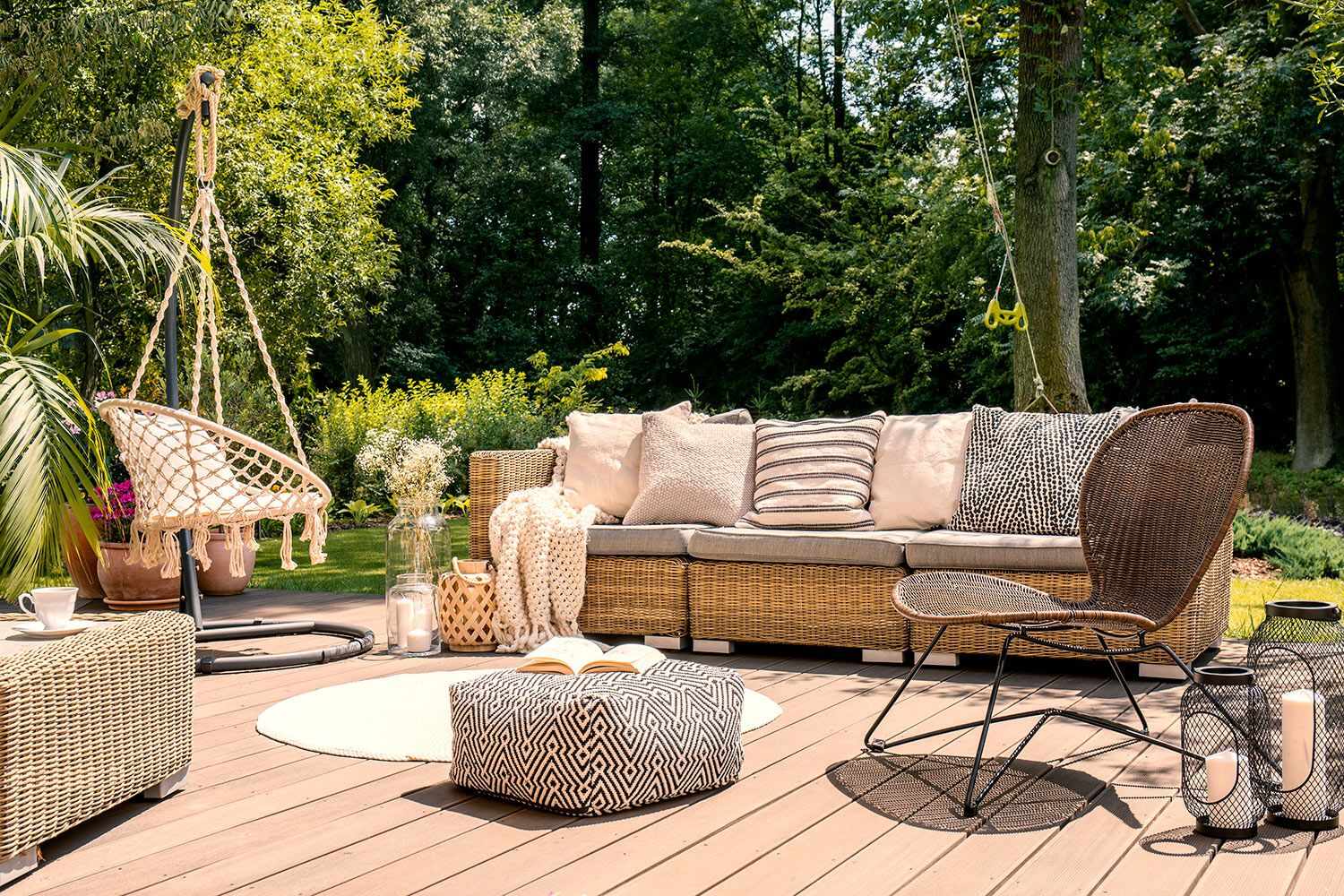

0 thoughts on “How To Remove Algae From Patio Furniture”